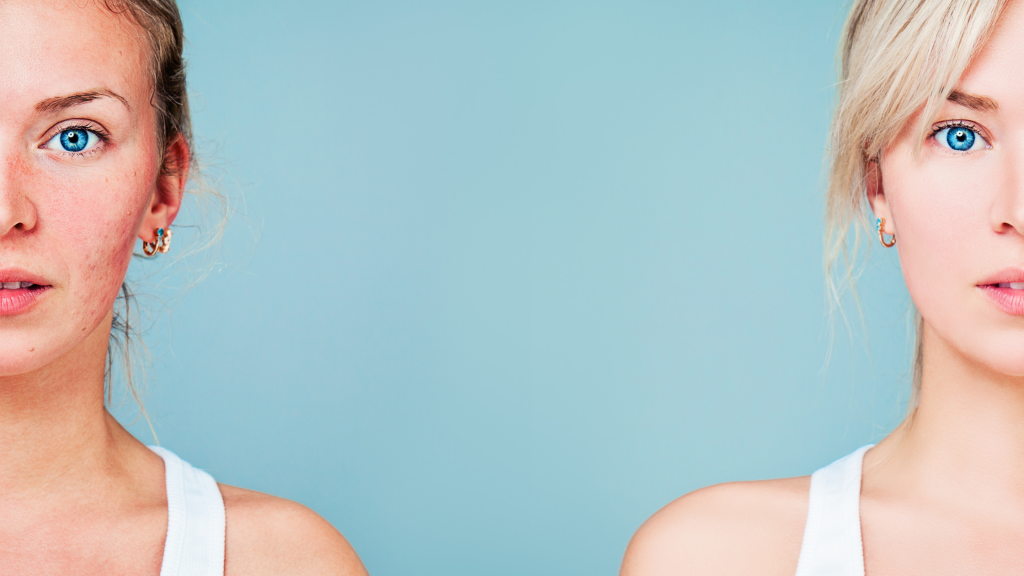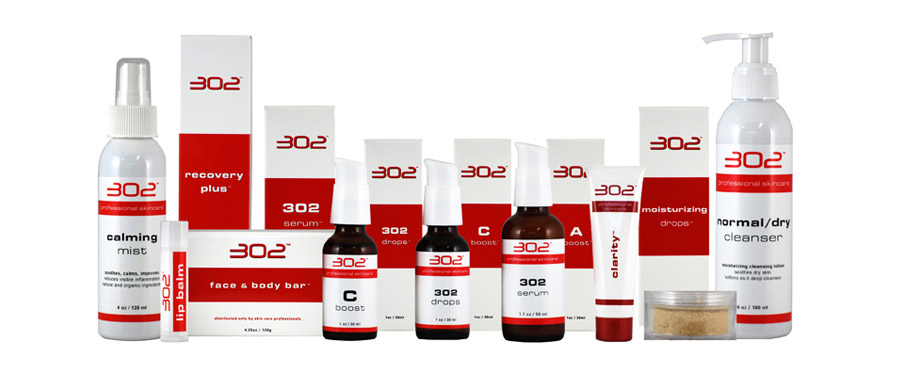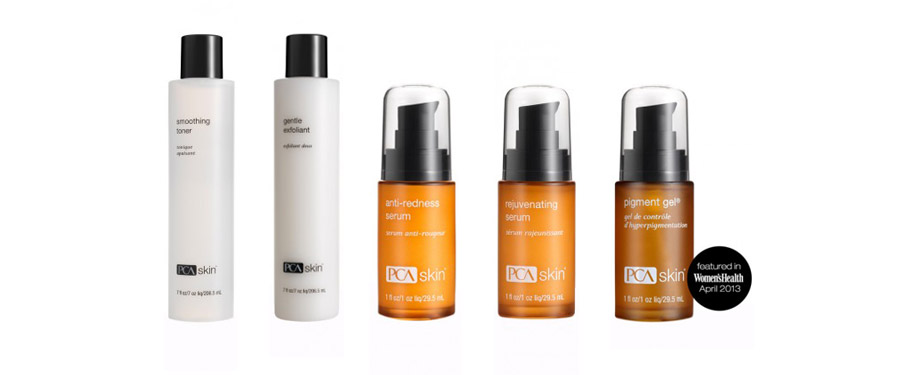“I’m not waiting for the stars to align… just my hormones.”

In my teens, I was at my ugliest. For the most part, I suffered from acne, bad hair days, and was just skin and bones (dogs thought I was a treat). Eew! So glad to be over that phase. The culprit… hormones.
So, what are hormones? And what do they do in the body?
Hormones are chemical messengers of the body produced by several glands transmitting messages to organs to control and regulate most major bodily functions such as hunger, reproduction, and our emotions. Hormones affect our skin too and are a huge component of how our skin looks.
There are several types of hormones in the body with different functions. However, I find the major stress hormone — cortisol and the happy or love hormone — oxytocin most interesting as they definitely affect the way we look and feel. And stress, unfortunately, is a constant presence in our lives exacerbated by the pandemic and the events of the past year. While love and happiness is what we need more of.
Let’s take a closer look at these hormones and what they do…
Cortisol is the primary stress hormone. It increases sugar (glucose) in the bloodstream, enhances your brain function and increases the availability of substances that repair tissues. However, too much produced by long term and extreme stress causes our skin’s sebaceous glands to produce more sebum a.k.a. oil. And too much oil in our skin can clog our pores and lead to breakouts.
Other ways cortisol shows up on our skin is through signs of aging. Increased cortisol production can accelerate the aging process, leading to the appearance of lines, wrinkles, and age spots.
Lastly, if you have skin conditions such as rosacea or psoriasis, you might experience flare-ups when you have high cortisol production.
On the other end of the hormone spectrum, we have Oxytocin produced in the hypothalamus. Oxytocin is often referred to as the ‘happy’ or ‘love hormone’ because of the physical and psychological effects it has on the body. It plays an essential role during sex, orgasm, childbirth, and lactation to aid reproductive functions, and it influences social behavior, including the ability to bond and be emotionally balanced. What is most interesting is that it can also be used as a treatment for depression, anxiety, and intestinal issues, all of which directly affect skin health.
Oxytocin also helps reduce inflammatory factors which promote skin healing and boost our immunity. Less inflammation and less inflammatory skin disorders lead to less acne.
So how do we access and balance these titans of the hormone world to obtain that glow we all hanker for?
Getting into a good mood is the first step. A good mood helps to keep your hormones in check, which means that annoying imbalances that can be at the root of skin troubles won’t be such a problem.
Meditation, diet, exercise, laughter with friends, hugging, cuddling, kissing, sexual intimacy with your lover, and occasionally indulging yourself, can make a big difference to your mood. Other ways include listening to music, getting a massage, petting your dog, performing acts of kindness, and spending quality time with your loved ones.
And forgive me if this sounds too simplistic, but there is some research that suggests that people who smile a lot tend to look younger — perhaps it’s the result of oxytocin being released. The words of that old ballad “smile though your heart is breaking” totally makes sense now. Smiling not only tricks your skin into behaving but might even lift your spirits.
The goal is to reduce stress and increase happiness.
For more skincare tips, check out my other blogs on Medium or call us at Skinsense Wellness at (323) 653–4701. We offer a virtual consultation, in-salon treatments, and home service facials to our valued clients.














